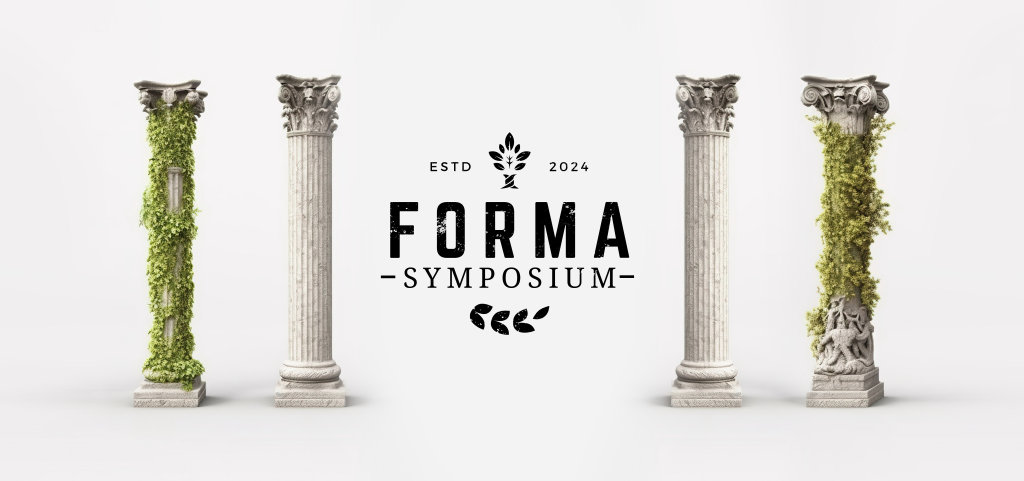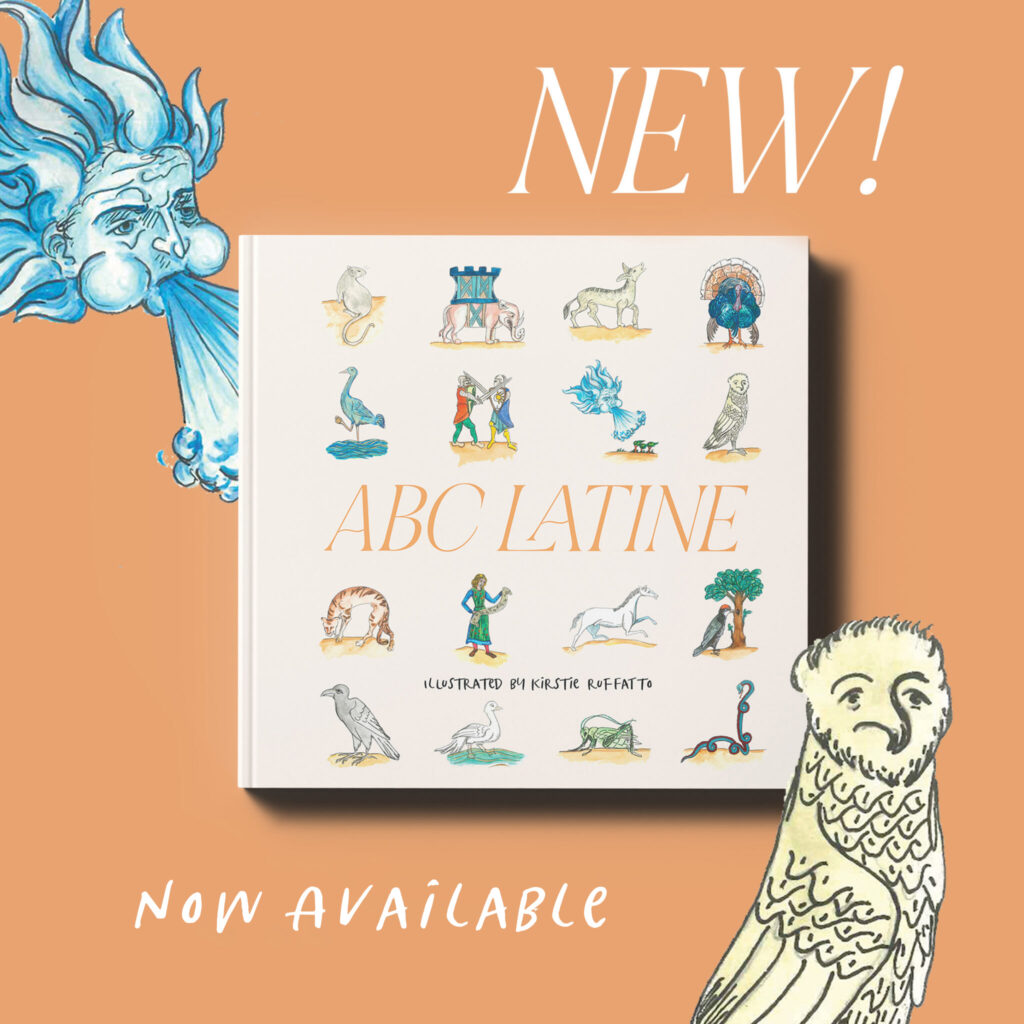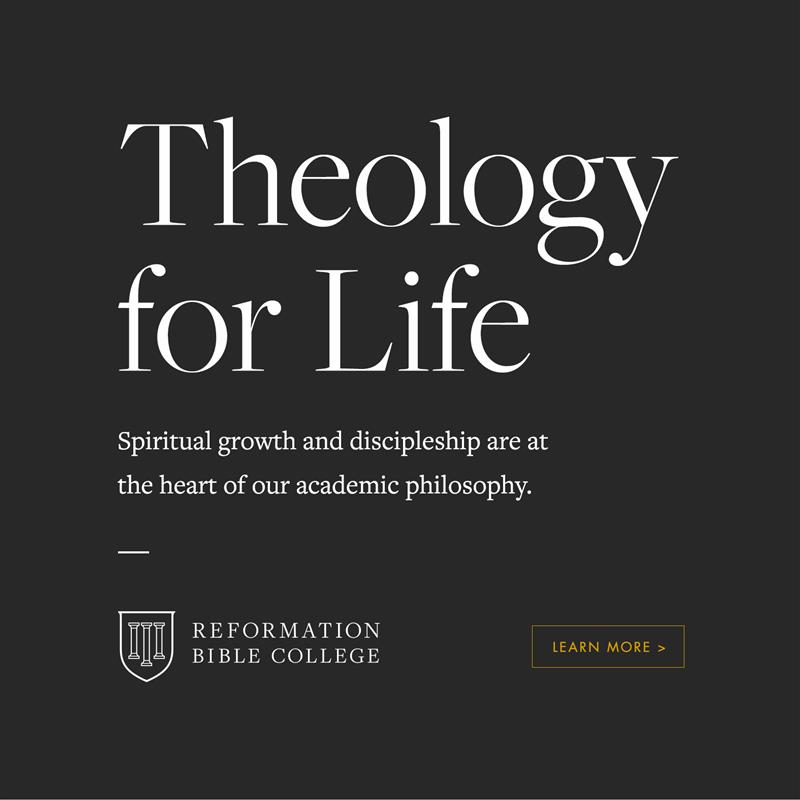While appearing to be strange bedfellows, using mathematics to teach English is worthwhile and has a long history stretching back to the classical schools of rhetoric. To couple letters and numbers might appear to many educators as a strained partnership, a view that is probable due to the pervasive tendency of modern schools and universities towards over-specialization and relativism. While admitting that respective fields of study should have a practical degree of autonomy, this autonomy does not negate the fundamental principle that undergirds all fields of knowledge – namely the unity that belongs to all truth. “When we try to pick out anything by itself, we find it hitched to everything else in the Universe,” wrote the naturalist John Muir, an observation also reflected in Charlotte Mason’s definition of education as “the science of relations.”
相比之下,功利主义的教育方法has left subjects stranded from each other with varying consequences. Subjects whose truths are not always empirically evident such as English and humanities have been relatively more maligned than mathematics or science. In the absence of truth’s unity, English has largely devolved into a wasteland of arbitrary language games where every man does what is right in his own eyes. As G.K. Chesterton similarly observed, “The modern world is full of the old Christian virtues gone mad. The virtues have gone mad because they have been isolated from each other and are wandering alone. Thus some scientists care for truth; and their truth is pitiless. Thus some humanitarians only care for pity; and their pity (I am sorry to say) is often untruthful.”And thus, it would be naive to assume the so-called objective disciplines have not also been tarnished by this great divorce.
Mathematics should resolutely be pursued as discovery rather than invention, and yet it is also imperative to avoid a Manichean attitude that neglects the applied for the sake of the pure and disembodied. Wordsworth explored this tension between quality and quantity in his poem “We Are Seven” where the speaker argues with a young girl about the total number of her siblings and whether to count those deceased. While the little maid argues they are seven, the speaker asserts they are five:
“You run about, my little Maid,
Your limbs they are alive;
If two are in the church-yard laid,
Then ye are only five.”
“Their graves are green, they may be seen,”
The little Maid replied,
“Twelve steps or more from my mother’s door,
And they are side by side
“My stockings there I often knit,
My kerchief there I hem;
And there upon the ground I sit,
And sing a song to them.”
Despite the many qualifications she offers about her lived experience that continues in orbit of her dead siblings, the speaker makes no attempt to engage with her on the qualitative plane instead essentially repeating the same equation he is unwilling to reconsider: 7 – 2 = 5. Whether or not the girl is correct is not as important as the speaker’s fundamental failure to address the more mathematically primordial issue at hand, counting, or specifically, the question of what should be counted in a sum and what should not – a question that unavoidably concerns the qualitative.
Counting is an ideal starting place for how mathematics can and should be used to teach English. Firstly, it is our most basic operation and, in most cases, will be the first one learned as a child. However, we should not assume that the practice of counting is merely for kindergarten. Indeed, the value of counting was well recognized by the ancient world.
While Aristotle’s trinity of pathos, ethos, and logos are frequently taught alongside persuasive texts and writing, the later developments of rhetoric by Roman writers such as Cicero and Quintilian have been largely neglected. Australian academic and English teacher, Brian Moon, has argued that a return to the rich and forgotten teachings of writers such as Cicero and Quintilian would give modern English teachers practical and explicit tools to approachinventio(composition) andeluctio(style). Across these, there was a focus onenumeratio(enumeration). Moon envisions modern applications ofenumeratiowhere students are tasked with:
Determining the ratio of concrete to abstract nouns in a passage; counting the number of words per sentence; classifying the number and variety of clauses: these can be revelatory techniques. They add precision to analysis and composition, and quantification makes redrafting more targeted and purposeful.
Following from Moon, we can imagine a use for enumeration in the context of analyzing literary texts. For instance, a teacher could use enumerative tools to clarify the rhythm created by altering sentence length and clause construction. Students could be tasked to find the ratio of active sentences to passive sentences in passages taken from stylistically distinct authors such as Henry James and Tom Clancy. Sentence length could also be investigated similarly, by taking passages from distinct authors such as Hemingway and Proust and calculating the average sentence length to reflect on the stylistic purposes of each. Enumeration has also always been illuminating in the analysis of poetry, such as by counting stressed and unstressed feet to determine the metre. And lastly, in the analysis of persuasive texts I have had students calculate the ratio of nominalized verbs against non-nominalized verbs between publications to identify a scientific style of writing. Ultimately the aim is always to use the quantitative to bring out deeper aspects of the qualitative.
Some might argue that the introduction of quantitative analysis into an artistic endeavor like creative writing is counterproductive. However, Moon points out “that classical training produced some of the most celebrated writers in English literature” such as Shakespeare, Dante, and Chaucer. And we should not be surprised since mathematics, perhaps contrary to its popular image, is relevant beyond its typical univocal purposes when dealing with the “general sense” of variables – such as in matters of proportion and symmetry which are frequent elements of artistic endeavors.
With the useful injection of rigor into English that these enumerativeexercises would provide, students stand to gain not only a greater competency in writing and comprehension but also exposure to a superior philosophical foundation than that which currently dominates our classrooms. It is a philosophical foundation that has a continuity which stretches back to the Ancient Greeks.
For thinkers like Pythagoras, mathematics was not a cold and detached discipline but deeply interconnected with the cosmos, life, fate, music, and beauty. The groundbreaking mathematician Srinivasa Ramanujan summarized this philosophy beautifully when he said, “An equation for me has no meaning unless it represents a thought of God.”
Likewise in English, we should not abandon our students to the dreaming of aesthetes (admiring beauty but affording it no power) or the drudgery of grammar exercises (neglecting beauty and worshipping functionality). Through these we abandon our students to mediocrity by regarding truth as only functional or convenient according to the tenets laid out by John Dewey and others. Ultimately what this breeds in our students is a simultaneous tendency towards narcissism and ineptitude in objective disciplines such as mathematics or science. And yet in view of Christian tradition this outcome is all too predictable. For as we know from scripture and later elaborations by theologians such as Saint Augustine, sin not only hardens the heart but darkens the intellect. And so, whether teaching mathematics or English we must aspire to be both sages of subjectivity and masters of objectivity – setting our students upon the Logos wherever it may be found.
References:
Moon, B. (2012). Remembering rhetoric: Recalling a tradition of explicit instruction in writing. English in Australia, 47(1), 37–52.









